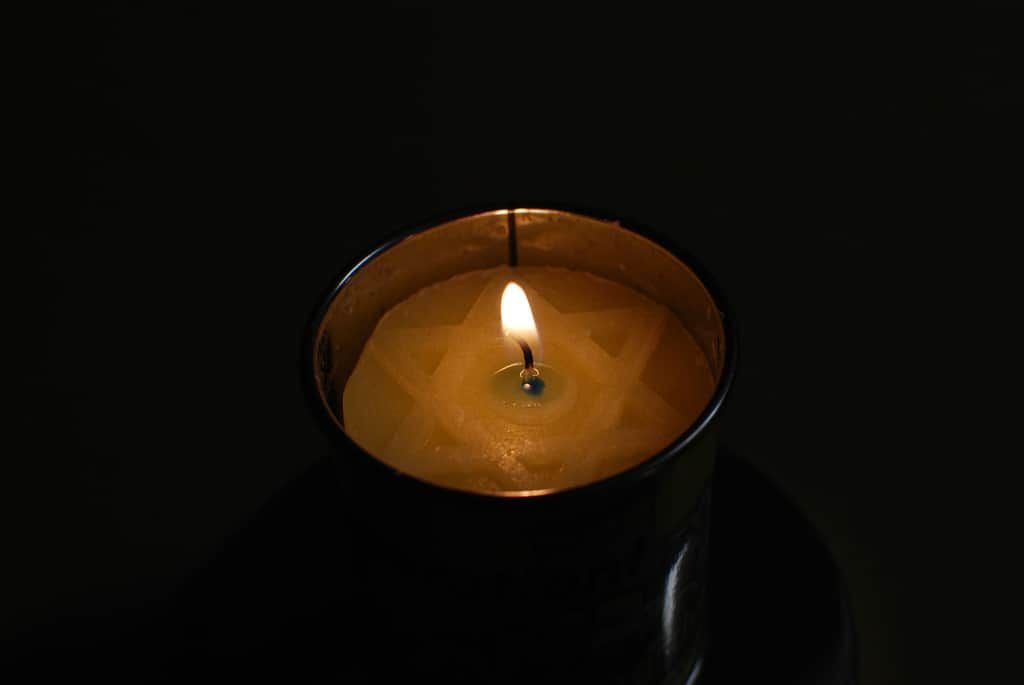
This article was corrected shortly after publishing. See ‘corrections’ for details.
More than one in four of the six million victims of the Holocaust were murdered in just three months, according to new research.
In the swift 100 days covering the three month period of August, September and October 1942 a staggering total of 1.47 million individuals died in either the gas chambers or from shootings in the surrounding regions.
At its height, at least 15,000 people a day – probably more – were being killed in either the three notorious Nazi death camps in German-occupied Poland or from deliberate shootings in neighbouring regions, suggests the study.
The true scale of the programme ,codenamed Operation Reinhard – a key part of the Nazi’s plan to rid Europe of the Jews, was worse than ever imagined, says researchers.
In August, September and October 1942 a staggering 1.32 million individuals died in gas chambers – 78 per cent of the total 1.7 million.
Professor Lewi Stone, a mathematical biologist at Tel Aviv University in Israel, said this works out at “about 15,000 murders per day – every day.”
He said: “The true number is quite likely to be greater as only the key events for which reliable information is available have been included.”
The speed was almost twice that of the 1994 Rwanda genocide which claimed about 8,000 lives a day – previously thought to have been the most intense slaughter of the 20th Century,
Prof Stone said: “This study identifies an extreme phase of hyperintense killing when over 1.47 million Jews – more than 25 per cent of the Jews killed in all six years of World War Two – were murdered by the Nazis in three month surge.”
He added: “Thus, the kill rate in the Operation Reinhard period is approximately 83 per cent higher than the commonly suggested figure for Rwanda – indicating previous comparisons have been based on incorrect accounting.”
Prof Stone said his study, published in the journal Science Advances, highlights its “singularly violent character – even compared to other more recent genocides.”
“The Holocaust kill rate is some ten times higher than estimates suggested by authorities on comparative genocide,” said Prof Stone.
Roughly 25 per cent of all Holocaust victims were murdered during these three months of Operation Reinhard, he said.
Prof Stone believes the murder campaign would have continued at this pace had there been more victims living in German-occupied Poland.
Instead it tapered off in November 1942 as a result of there being “essentially no one left to kill,” he said.
Prof Stone said: “The subsequent rapid plunge in the death rate in November and December 1942 simply reflects there were very few Jewish victims left alive to murder by this stage in Poland.”
It indicates the murder rate during Operation Reinhard has previously been greatly underestimated.
It also provides new insights into the “profound efficiency of Nazi death camps and the systematic manner in which Jewish communities were murdered,” said Prof Stone.
Operation Reinhard lasted from 1942 to 1943 and was responsible for a great portion of the Holocaust – which Hitler named the ‘Final Solution’.
But detailed records of the killings were largely destroyed by the Nazi – making it difficult to investigate how quickly the genocide was carried out.
Deutsche Reichsbahn, the German National Railway, played a critical role in transporting millions of Jews to the death camps. The ‘special trains’ that transported the victims were kept on strict time schedules.
This enabled Holocaust historian Yitzhak Arad to compile Reichsban data on 480 train deportations from 393 Polish towns and ghettos to three key death camps – Belzec, Sobibor and Treblinka – during Operation Reinhard and estimated the number of victims on each transport. Here,
Using this information – which included estimates of the numbers on each train – Prof Stone calculated the rate at which the Nazis killed Jews during Operation Reinhard.
He said: “Operation Reinhard was the largest single murder campaign of the Holocaust, during which some 1.7 million Jews from German-occupied Poland were murdered by the Nazis.
“Most perished in gas chambers at the death camps Belzec, Sobibor and Treblinka.”
It is the most definitive study of its kind to date – and has important implications for today, said Prof Stone.
He said: “In this Operation, the three key death camps Belzec, Sobibor, and Treblinka were set up with the intention of eliminating every Jew in German-occupied Poland
– the region known as the General Government (GG).
“The three Nazi ‘death camps’ or ‘killing centres’ were infamous for their industrial mass killings and their ability to rapidly liquidate entire Jewish communities with the aid of gas chamber technology – thereby resulting in a large-scale ‘Holocaust by Gas.’
“Detailed records of the killings are almost non-existent because of the Nazis’ tight secrecy around Operation Reinhard.
“Any information that was recorded was deliberately burnt and destroyed by the Nazis during the war for fear of future incrimination.
“In addition, a large percentage of murders have to be attributed to widespread shooting, since a ‘Holocaust by Bullets’ took place in parallel both in and outside the GG.”
Prof Stone said the Holocaust is “unarguably one of the most destructive and murderous events in the history of human civilisation.”
He said: “However, over the last 70 years, genocides and mass killing events have continued to occur and they are not diminishing in frequency.
“Bosnia, Rwanda, Darfur, Burundi, Syria, and Myanmar have all experienced large-scale murder operations in the last 25 years, some of which may have been preventable.
“Developing a deeper understanding of genocides and mass killing events, including their causes, common characteristics, predictability, and mitigation, is thus considered by some as ‘the most important goal of social science.’
“In this respect, lessons learned from the Holocaust continue to play a vital role, and the topic remains as timely as ever.”
CORRECTIONS